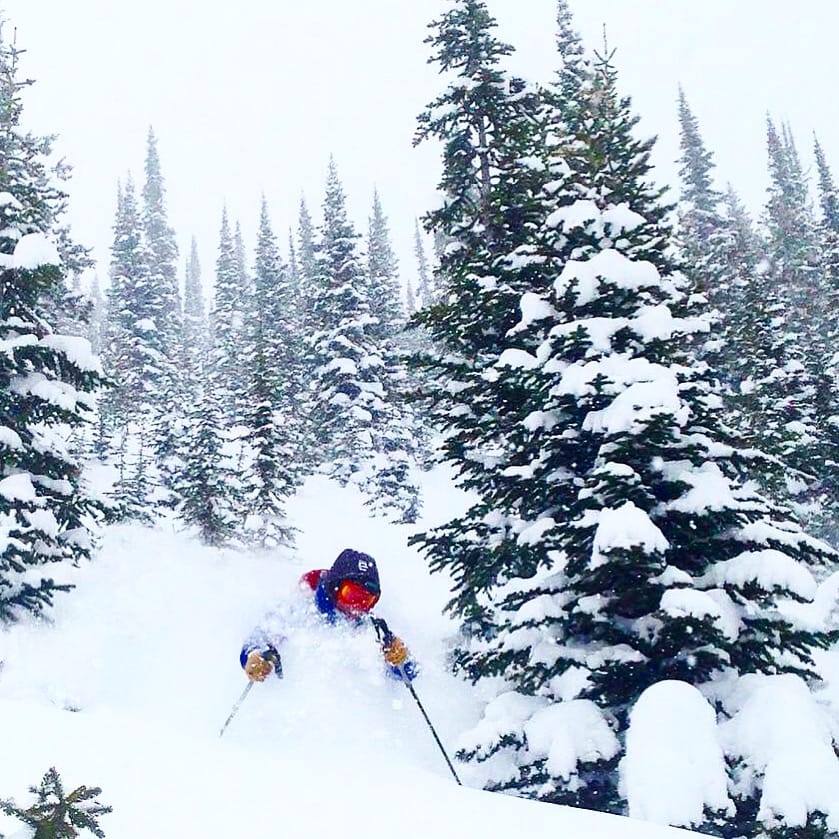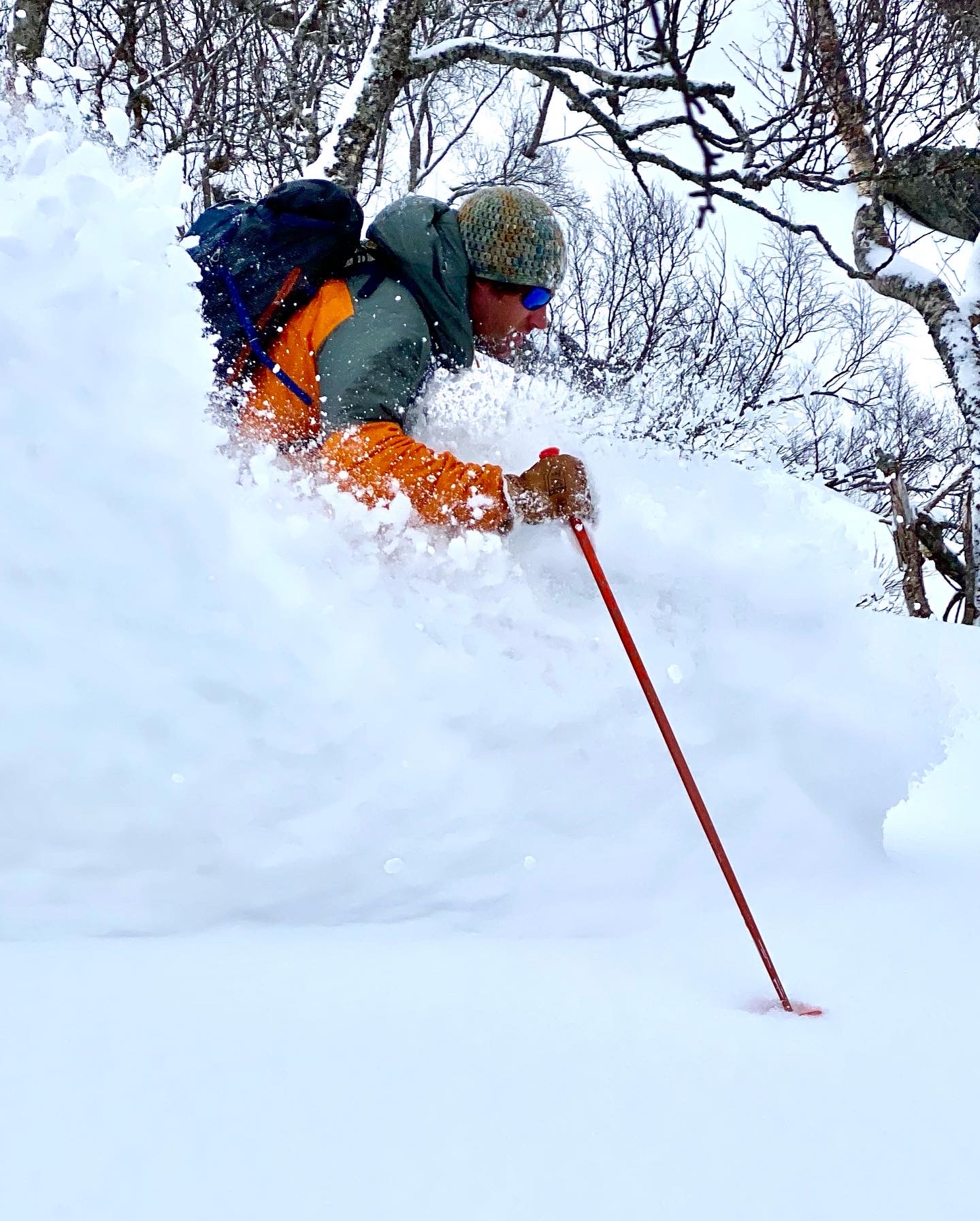Avalanche Forecasting 101
Avalanche Forecasting 101
Avalanche forecasting is a fundamental part of backcountry skiing and splitboarding. It is a skill every backcountry enthusiast should strive to develop. Avalanche forecasting boils down to understanding how weather, the snowpack and terrain will interact. Then you add the human element to it. It’s really that simple.
Of course in reality, the avalanche phenomenon is not that simple to forecast, due to spacial variability of the distribution of weak layers, the variability of the terrain on which the snowpack lies and how local weather differs from valley to valley in the mountains. This article aims to lay out the key components of avalanche forecasting and how to incorporate them into a daily operational plan.
The Human Element
Avalanche forecasting is further complicated by the human element at risk. We wouldn’t care about avalanches if we didn’t interact with them, but we do; thus our daily avalanche forecasts need to take the human element into account. That is why the avalanche danger scale talks about the likelihood of human triggered avalanches.
https://avalanche.ca/glossary/terms/avalanche-danger-scale

The Building Blocks of an Avalanche Forecast
Certainty and Confidence
The interface of natural avalanche activity and the human factor is where certainty and confidence comes into play. Clearly when there is a human element at risk, we need elevated levels of certainty and confidence in our avalanche forecast to choose to expose ourselves to avalanche terrain.
During periods of high avalanche hazard, we can also have high levels of certainty. For example, there could be an omega block ridge of high pressure that persists for a couple of weeks, where a wide spread surface condition such as surface hoar at tree line and below and facets in the alpine develop. Then a huge storm comes in and deposits over a meter of snow in a short period of time with lots of wind. In that case, forecasters will have high levels of certainty/ confidence that stability will be poor and the avalanche hazard will be high. In this case, it is possible to have a high level of certainty and confidence and still need to employ a conservative operational plan.
Certainty relates to the forecaster’s level of confidence in their understanding of the relationship between weather, the snowpack and terrain. For example, if you spent the entire winter skiing the same planar slope every day and you paid attention to the weather and snowpack, you would have a really good idea of what layers were present in the snowpack, how deep they were buried and how the weather was affecting them. Your level of certainty and confidence as to how they would behave would be quite high. However if that same slope had gullies, micro changes in aspect, variations in pitch, thin to thick snowpack areas and there was a deep persistent weak layer, your level of certainty would be greatly reduced.
Ultimately, the less confidence and certainty you have in your avalanche forecast, the greater margin of error you need to give yourself in your daily operational plan. A case where you probably hear forecasters talk most about low confidence/ certainty is a Deep Persistent Slab. Often times the probability of triggering a deep persistent slab is low, but the consequence of triggering it is high. Therefore caution and conservative decision making must be employed.
Click here for the full article and weekly Powder Highway Backcountry Conditions Reports









